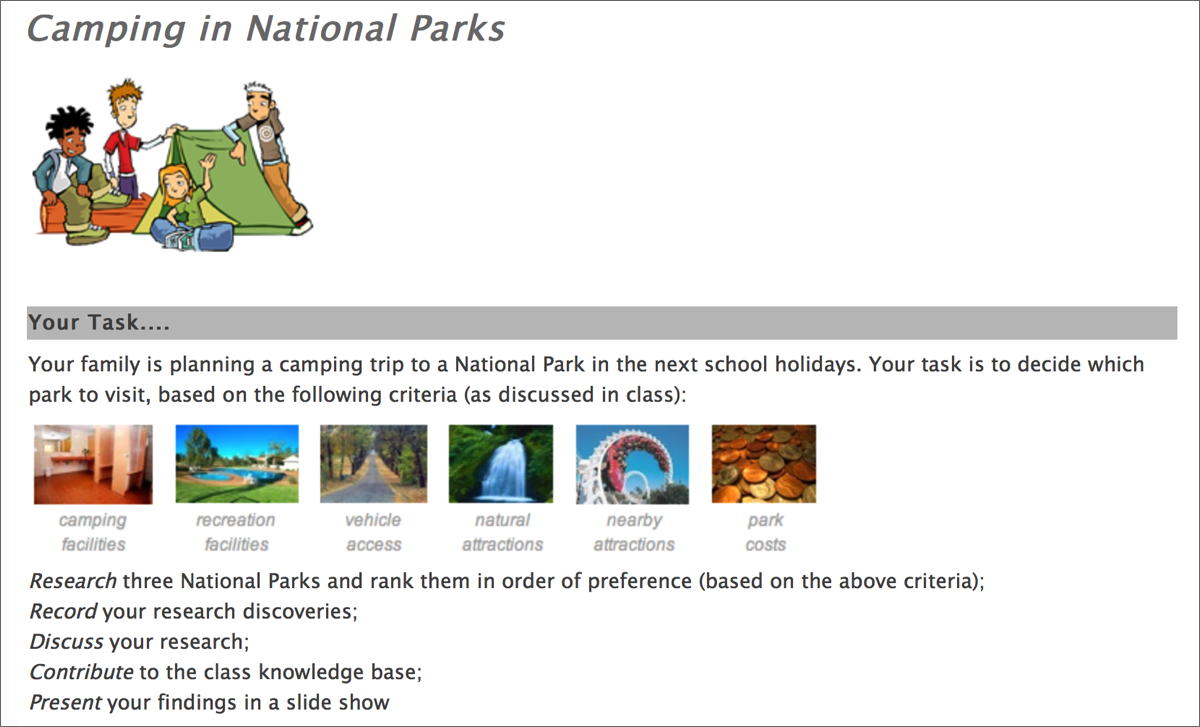 When schools begin their journey down the BYOT path – leveraging students’ own technologies to support the curriculum – much planning time is often focussed on which device (or devices) will be acceptable, how these devices will connect to the school network, how apps will be controlled, and other ‘technical’ hardware and software support issues. (Not to mention policy development and community engagement.)
When schools begin their journey down the BYOT path – leveraging students’ own technologies to support the curriculum – much planning time is often focussed on which device (or devices) will be acceptable, how these devices will connect to the school network, how apps will be controlled, and other ‘technical’ hardware and software support issues. (Not to mention policy development and community engagement.)
While all of this discussion and planning is relevant, it is not the most important ingredient in a successful BYOT model.
How students’ devices are used in the classroom, and the easy availability of relevant online content, is the key factor in a successful BYOT model.
Pedagogy is more important that the technology.
 When I think about preparing for BYOT, I am reminded of a Bill Cosby pep-talk sketch from many years ago – the football coach fires up the players in the locker room so that they are all ready to tear up the opposition, only to find that the locker room door is locked, and they can’t run out onto the field (Listen here >>>)
When I think about preparing for BYOT, I am reminded of a Bill Cosby pep-talk sketch from many years ago – the football coach fires up the players in the locker room so that they are all ready to tear up the opposition, only to find that the locker room door is locked, and they can’t run out onto the field (Listen here >>>)
This is the same scenario as a class of students all geared up with the latest kit, only to find that there is nothing relevant to which they can apply their shiny new devices once they connect to the network.
The first step – the very first step – in implementing a successful BYOT environment is creating online content which can be accessed by BYO devices. Designing a BYOT program without first creating online resources is like selling cars without first building roads. (You might eventually get there but it will be a rough ride!)
How does a teacher begin to create online resources for students?
An easy first step is to create an online ‘gateway’ to relevant resources. It is quick and easy to setup, and requires very little technical knowledge. (There are several options in this space, but Weebly is one of the easiest, and looks very good. Google Sites is another option if you are a GAFE school.)
 Anyone can do it:
Anyone can do it:
- Go to weebly.com
- Create an account with a suitable sub-domain name (eg, <yournames>class.weebly.com)
- Add some links to the page for resources (web sites, youtube clips, etc) that will be useful in supporting a unit of study.
- Publish the page. (Don’t click the link that entices you to purchase the full domain name.)
Once you become familiar with the Weebly interface, you will quickly be able to expand the single page to become a multiple-page class site.
- Check out this Weebly Quickstart Guide >>>
Your new web site can be used as:
 a parents’ information centre and/or class diary (for younger classes);
a parents’ information centre and/or class diary (for younger classes);- a gateway to existing resources (web sites, and video clips);
- an online homework resource centre;
- an online assignment centre;
- Online project example (K-6) >>>
Students can bookmark the page, or it can be linked to the school’s web site, for easy access on their own devices – at school or home.
The next step is to integrate a system such as Google Classroom for class assignments, or Edmodo for class discussions. Or maybe using Google Apps or a Wiki for group projects.
Regardless of how your site is setup, relevant online content is the critical ingredient in a successful BYOT model.
Related Information
